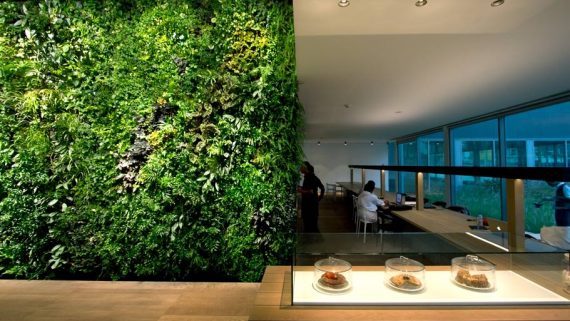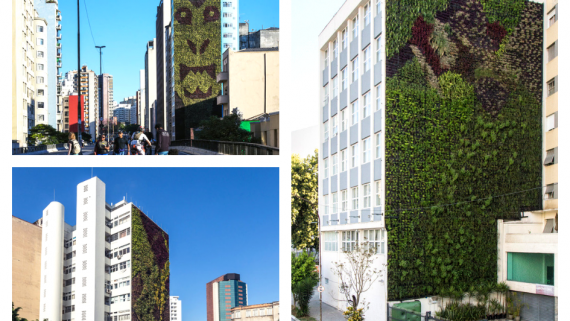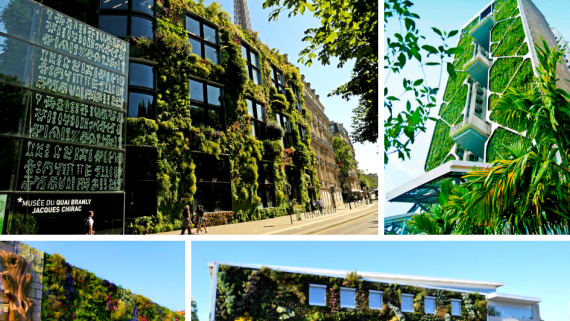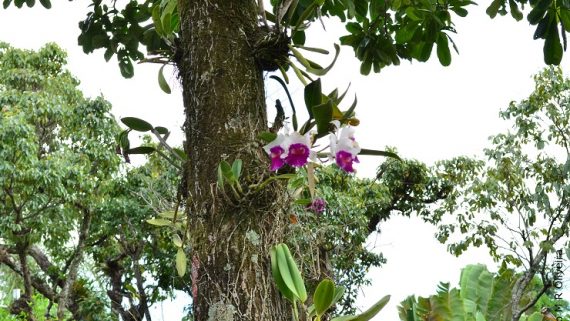 6 garden lighting techniques that every landscaper should know
6 garden lighting techniques that every landscaper should know
Lighting techniques in landscaping consist of enhancing the environment without necessarily lighting it completely. Landscape lighting is the art of working with light. The space becomes a canvas and light has the important role of valuing each element, what deserves to be highlighted, what needs to be softened, what must be explained and finally the feeling that the final appreciator of this work is to be exposed.
Just like any other art, lighting in landscaping requires the use of techniques and knowledge, the more mastery of lighting the landscaper has, the more enchantment his work will cause.
Lighting transforms
Lighting in landscaping is a powerful resource, if during the day the landscaper can count on the majestic light from the sun, at night the show will only happen if you invest in appropriate lighting techniques. Happy is the landscaper who, in addition to knowing techniques for creating landscape design, irrigation, botany, among others, also masters lighting tactics, as he will have the power of transformation in his hands.
It is through the play of light and shadows, the prominent silhouette of a bush that is not noticed much during the day, the enhancement of the color, shape and texture of a certain vegetation that the transformation in the landscaping takes place. It is techniques like these that make nature and lighting the protagonists of the show.
As you can see the lighting in the landscaping is extremely complex, because in addition to having the role of valuing nature, it has the difficult task of discovering the environment to technically identify what needs to be highlighted and what is preferable to be softened. And so that you as landscape artist know how to compose, transform and delight customers, we have separated 6 lighting techniques in landscaping for you to explore in your next project.
6 lighting techniques in landscaping
1. Uplighting: Known as Uplighting, this technique consists of distributing the lights at the ground level and directing them to the high plane (crowns), forming a gradient where the greatest light intensity starts at the low level. This type of lighting also contributes to a more dramatic effect.
2. Downlighting: Known as Downlighting it provides a more natural effect. For this lighting, you can use poles and reflectors installed on a level above the vegetation or through lamps installed in the treetops between the foliage.
3. Backlighting: Known as Backlighting, this technique focuses on enhancing the silhouette of taller vegetation, such as trees, investing in lighting with reflectors made behind the structure of the plant, thus enhancing the silhouette.
4. Frontlighting: Known as Frontlighting, it is used to enhance denser vegetation, as light is applied in a way that reaches the crown and part of the trunk, enhancing the vegetation in its color, shape and texture.
5. Sidelighting: Known as Sidelighting, it has the purpose of outlining a shading by highlighting the vegetation through reflectors installed on the sides.
6. Backlight Known as Backlight, the luminaires are among the plants which provides a garden with illuminated spots and more shadows, giving a more dramatic air to the environment.
The lighting in the landscaping is composed of techniques that, if well worked with each element, make up a harmonious, pleasant space with an unpretentiously spontaneous sophistication.
By: Camila Torres
Read too:
Electric in Landscaping Lighting - 8 Elements to Remember



 6 garden lighting techniques that every landscaper should know
6 garden lighting techniques that every landscaper should know







Comentários (3)